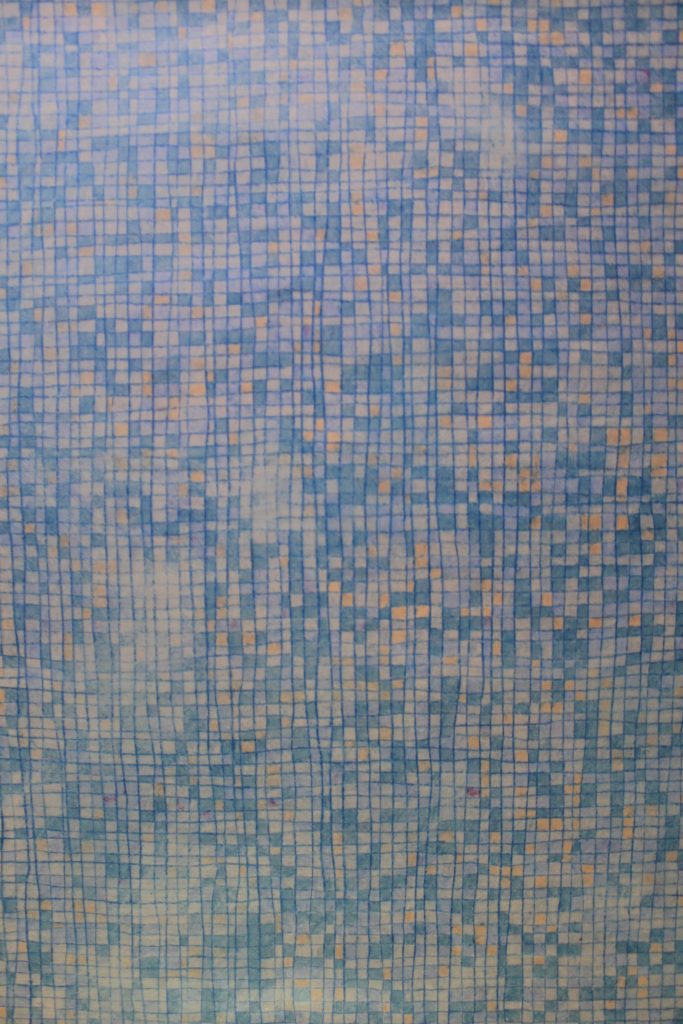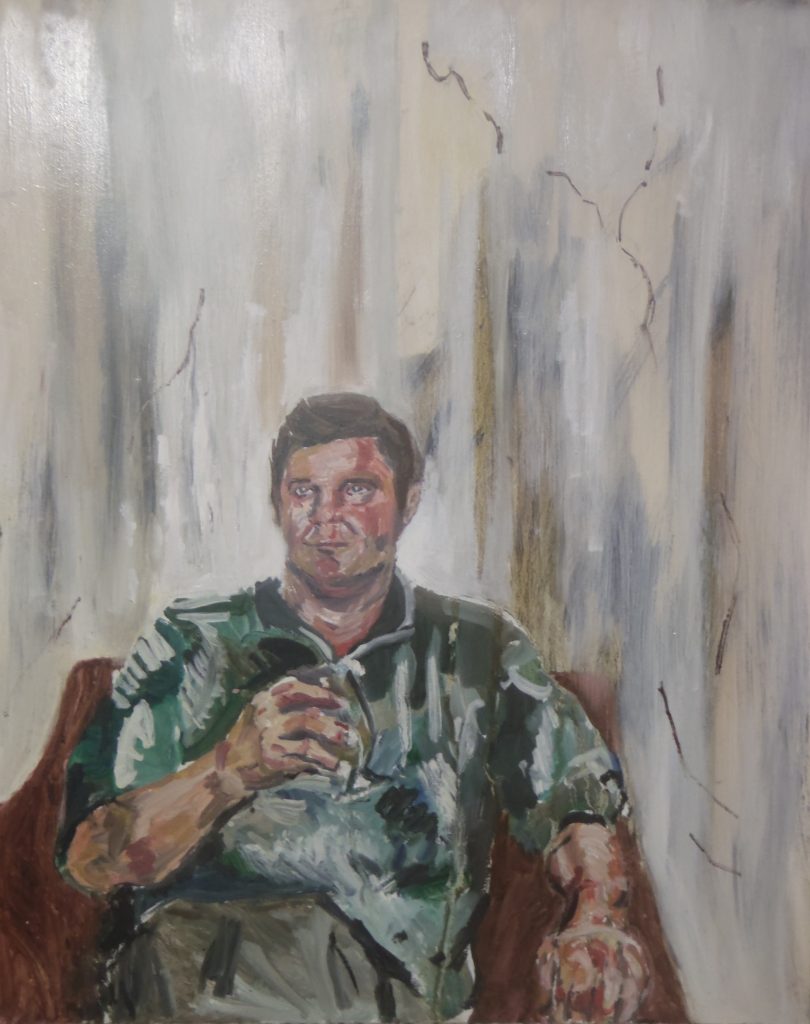A line is a dot that went for a walk
Paul Klee
Those who have met me recently might be surprised to learn of my history in the arts, considering my current position in a technical field. Fine arts and visual arts are my first and biggest passion, and it was my primary motivator for much of my life. I always knew my long-term place was not in the arts industry and have moved on to work in other professional domains, but the arts will always remain a passive source of great joy and pleasure in my life.

Observation I am a visually motivated person, and find myself compelled by the beauty of everyday scenes around me, drawing and painting from real life is the natural result. I am the kind of person who is physically moved by both grand displays of nature and her power, and the timid exhibition of the small movement of a gesture. I take immense pleasure from just seeing and framing the world around me.
Meditation One of the first lessons we learn as artists is to not trust our brain, but rather to break through the barrier of thinking and interpreting and draw directly from what we see. An example of this is seen in the amateur representation of the human face. If one draws a face without pure meditation on the actual sight, we tend to draw the face as taking the entire front part of the head. In actuality the eyes are set only halfway up the head, our focus on the face exaggerates its characteristics in our mind’s eye. Many illusions and compensations that our brain makes can be caught by the simple act of looking. Pun intended, meditating on sight can be an eye-opening experience, and the lesson has applications elsewhere in life.

The relation between what we see and what we know is never settled. Each evening we see the sun set. We know that the earth is turning away from it. Yet the knowledge, the explanation, never quite fits the sight.
John Berger’s Ways of Seeing

Integration The act of producing art is the process of refining sometimes chaotic sights and feelings into a distilled and clear work. The process is highly iterative and experimental, with clarity coming in stages of trial, error, and critique. Progress is made by going outside of one’s comfort zone. The process can leave the artist vulnerable, uncomfortable, and mistakes should be made (and sometimes kept). It should be quite plain to see how helpful this progression is to other life experiences: Life has a way of forcing discomfort and art can be a practice that builds resilience and experience in this. For me, art has always been a way of integrating my experience and my understanding.
Exaltation Our experience in the world is our own, but creating art is an act of communication that attempts to bridge our experience. Looking at art is an act of empathy just as much as creating art is an act of sharing. My current art practice revolves around making small bespoke works for those I love, like cards and small gestures, which I consider to be a celebration of our relationship and a demonstration of the work I am willing to put into it. Art is often seen as being for its own sake, as indulgent, and as self-serving. This assessment is unfair; art is universal, art is sharing, and art is survival. Art doesn’t have to be beautiful, art doesn’t have to have a deep idea, but it always must have an artist making a statement.
